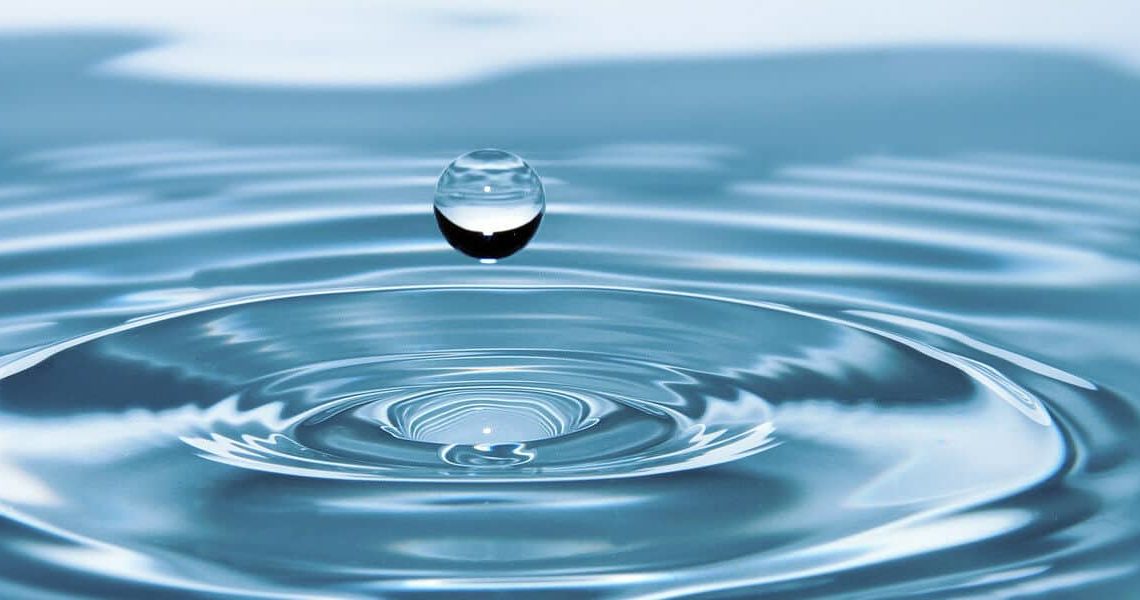
Water Resourse Conservation Tips For Rainwater Cisterns
A well-designed rainwater cistern has a separate input pipe. This is usually a four-inch plastic pipe, and the fill pipe should be near a road or driveway. The above-ground end should be closed with a tight-fitting cap. A padlocking cap reduces the risk of contamination. To avoid leaks and breakages, use a quality product. You should also consider building a new rainwater cistern.
A cistern should be vented to a free outlet. Never connect a rainwater cistern to a sewer line. The floor of the cylinder should slope away from the drain to facilitate cleaning. The valve that controls the drain should be located above ground level, preferably with an underground pit around it. The valve and drain line should also be insulated to prevent freezing during cold weather. This will help maintain the quality of water.
When choosing a cistern, consider the water usage in your home. The average household consumes 50 gallons of water each day, but it varies from family to family. Those who use hot and cold running water may need more than 50 gallons per day. A cistern that meets this standard can be installed in an existing home, but if it’s not, installing it on your own will likely result in a water bill that exceeds your budget.
Cleansing your cistern is a simple process that can help you conserve water. The most important thing to remember when choosing a reusable rainwater cistern is to keep it clean. The lower the water level, the better, as this allows the water to bubble upward and combine with the oxygen in the air. And the higher the level of the cistern, the better. When this happens, your water cistern will have a cleaner and more efficient source of drinking and irrigation.
When installing a rainwater cistern, it’s important to remember the water’s quality. Various types of impurities can wash into a cistern during a rainfall. These include organic and mineral particles, as well as dead animals. If a cistern is not installed properly, the water will not be of good quality. It should be installed in a manner that allows it to be installed and affixed to a wall.
A properly installed rainwater cistern should be kept at a low level, so that sediment and other particles can settle down at the bottom and be easily removed. The water level should be at the same level as the water in the cistern. The water level should be as high as possible to prevent any sediment from settling to the bottom. However, it should be low enough to allow the water to bubble upward and combine with oxygen from the air.
The inlet pipe should not terminate at the top of the cistern; it should be extended all the way down the cylinder. A cistern should have a stilling inlet, and the inlet pipe should have an upturned opening to prevent water from flowing downhill. If the inlet pipe terminates at the bottom of the cylinder, it should be designed with an upturned inlet to create an up-flow pattern.
